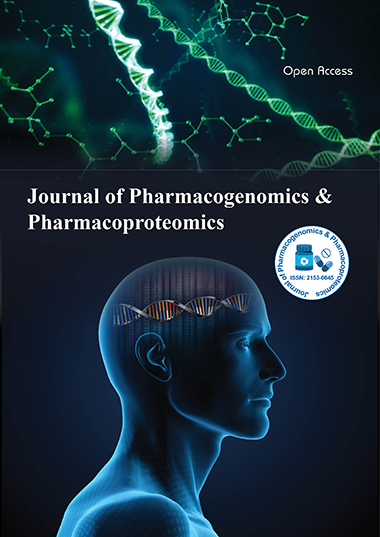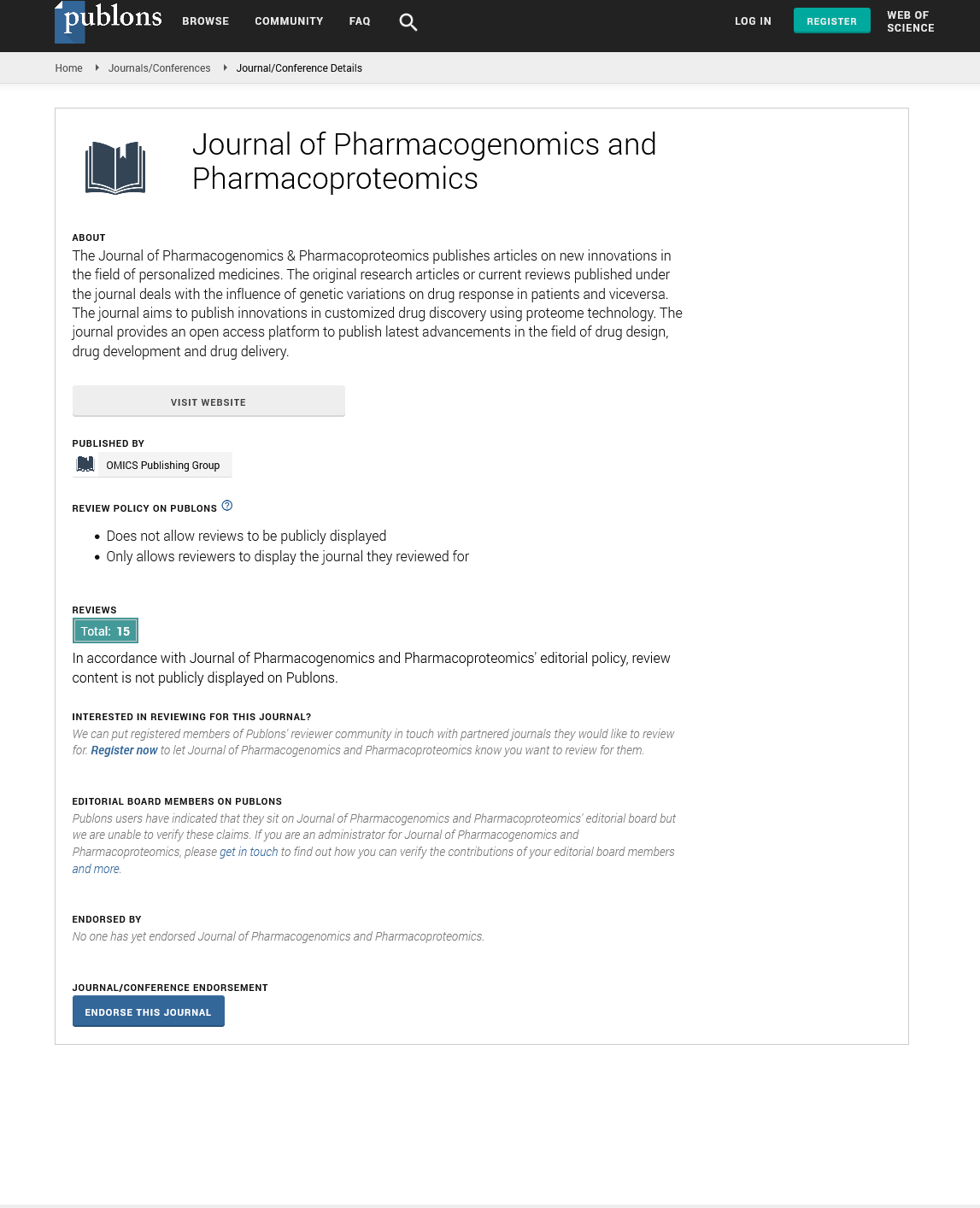Indexed In
- Open J Gate
- Genamics JournalSeek
- Academic Keys
- JournalTOCs
- ResearchBible
- Electronic Journals Library
- RefSeek
- Hamdard University
- EBSCO A-Z
- OCLC- WorldCat
- Proquest Summons
- SWB online catalog
- Virtual Library of Biology (vifabio)
- Publons
- MIAR
- Euro Pub
- Google Scholar
Useful Links
Share This Page
Journal Flyer

Open Access Journals
- Agri and Aquaculture
- Biochemistry
- Bioinformatics & Systems Biology
- Business & Management
- Chemistry
- Clinical Sciences
- Engineering
- Food & Nutrition
- General Science
- Genetics & Molecular Biology
- Immunology & Microbiology
- Medical Sciences
- Neuroscience & Psychology
- Nursing & Health Care
- Pharmaceutical Sciences
The use of metal ions in personalized medicine for human diseases
3rd International Conference on Predictive, Preventive and Personalized Medicine & Molecular Diagnostics
September 01-03, 2015 Valencia, Spain
Vincent S Gallicchio
Clemson University, USA
ScientificTracks Abstracts-Workshop: J Pharmacogenomics Pharmacoproteomics
Abstract:
Trace elements possess important therapeutic properties. First, binding to specific macromolecules (enzymes, nucleic acids, etc.) they influence important chemical and biological processes; second, they interact amongst themselves synergistically to amplify their individual reactions. Metals have been used therapeutically for hundreds of years. Use of metals in the treatment of human diseases began with discoveries with gold used initially in patients with tuberculosis followed by rheumatoid arthritis. Gold identified an immunological pathogenesis in the etiology of rheumatoid arthritis, thus metals may be efficacious in other human conditions that are immunological in etiology. The antineoplastic potential of metals was further disseminated by the development of less toxic compounds such as platinum. Third, metals in human cancers have increased their therapeutic effectiveness and increased the diversity of cancers responding to these treatments. Fourth, lithium use in clinical medicine revolutionized treating psychiatric mood disorders. Central to the biological action of lithium is its ability to influence brain and central nervous system chemistry, thereby providing spectacular results in the treatment of affective and other psychiatric mood disorders, in particular, suicide prevention. Discoveries defining alternative nonâ?psychiatric clinical use of lithium continue to intrigue clinical medicine based upon a key discovery demonstrating lithium can effectively influence stem cells. Halo-therapy is using salt compounds as initial and maintenance therapy of human respiratory ailments. Used by the Greeks and Romans, halo-therapy has existed for thousands of years. It is associated with the therapeutic effectiveness attributed to spas. Today, halo-therapy has gained resurgence with its use as personalized medicine in the treatment of human diseases.
Biography :
Vincent S Gallicchio is Professor of Biological Sciences, Public Health and Microbiology at Clemson University. He is the Vice President of the Trace Element Research Centers operating under UNESCO and the immediate Past-President of the International Federation of Biomedical Laboratory Science. He has authored more than 200 peer-reviewed scientific articles, book chapters and textbooks. He is the Inventor on eleven US and one international patent focused on drug delivery. He has received more than $22 million in research funding. In 2003 he was presented to her majesty Queen Elizabeth of England for his efforts promoting higher education opportunities for British students.
Email: vsgall@clemson.edu

